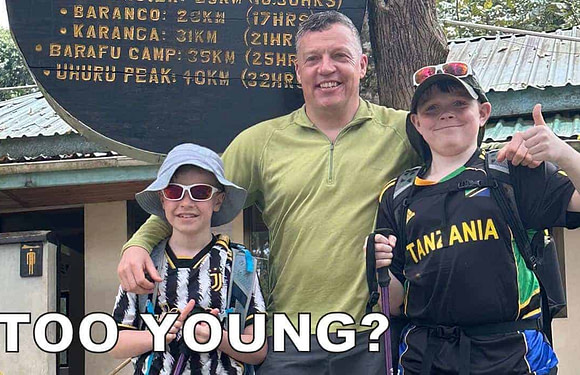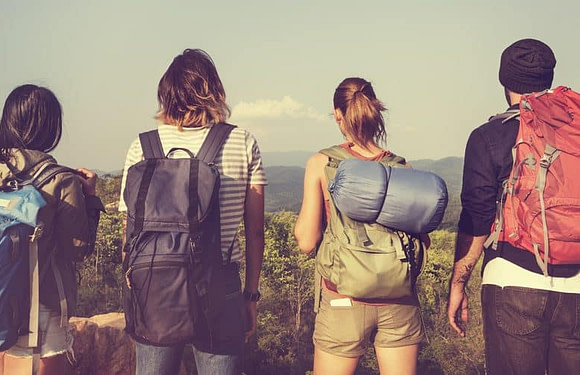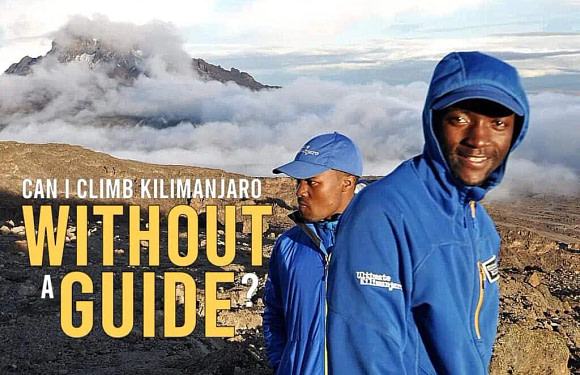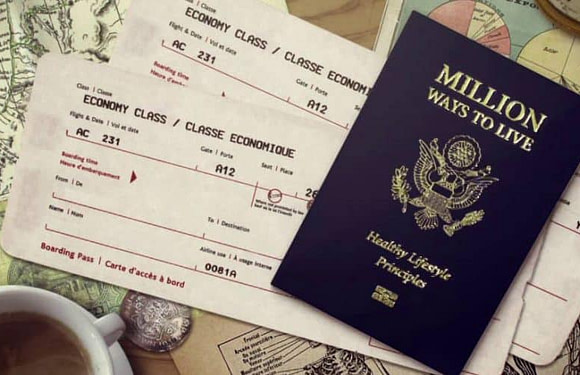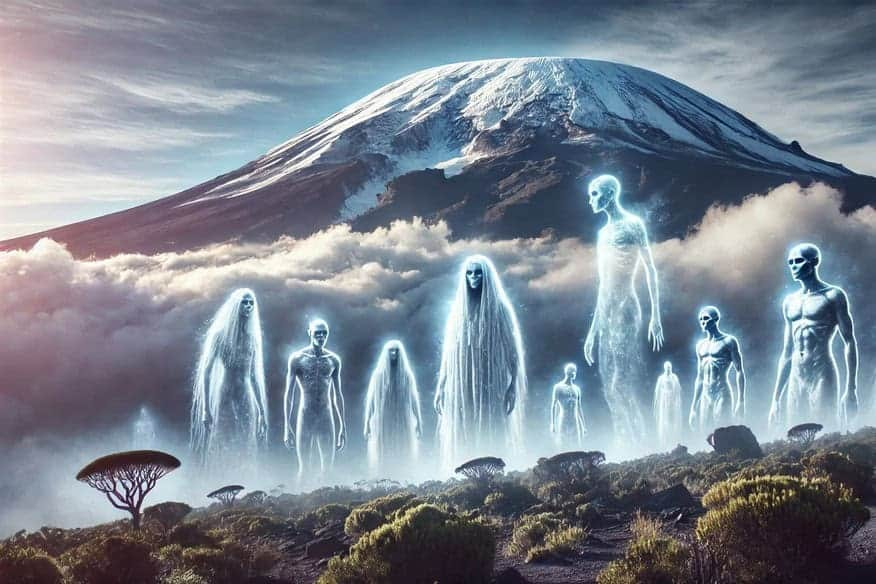
For many Tanzanians, Mount Kilimanjaro isn’t evil but a place of deep spiritual significance. The Chagga, who live near its base, believe Kilimanjaro is inhabited by both dieties and the spirits of their ancestors. These forces are protectors who ensure the balance between humans and nature. However, they can be vengeful if disrespected.
Gods, Spirits and Demons
The indigenous communities around Kilimanjaro believe that the mountain’s resident gods and spirits ensure that natural order is maintained. They punish those who disrespect the land and bless those who honor it. The spirits of Kilimanjaro are seen as strict and protective figures.

Njaro
Njaro, sometimes referred to as the demon or evil spirit of Mount Kilimanjaro, is often linked to legends and myths of a powerful entity that resides within the mountain. Some stories describe Njaro as a guardian, while others hint at a more menacing, evil nature.
Hans Meyer, the first European to climb Kilimanjaro, wrote:
Njaro, the guardian spirit of the mountain, seemed to take his conquest with a good grace, for neither snow nor tempest marred our triumphal invasion of his sanctuary.
In the excerpt, Meyer refers to Njaro as the “guardian spirit of the mountain,” seemingly acknowledging its presence but indicating that the climbers faced no weather obstacles during their ascent. This suggests a portrayal of Njaro as a force of nature that could either hinder or allow safe passage depending on circumstances or respect shown to the mountain.

Ruwa
One of the most significant gods associated with Kilimanjaro is Ruwa. He is a provider, linked to the sun, rain, and the natural elements that control life on the mountain’s slopes. Ruwa is believed to live in the mountain. To the Chagga, Ruwa is a powerful yet benevolent god who provides rain to nourish their crops and warmth from the sun. However, disrespect or dishonor toward the land or mountain can lead to punishment, often manifesting in droughts or crop failures.
Mulungu
Kilimanjaro is also connected to Mulungu, a key figure in East African spiritual traditions. Mulungu is often considered a creator god, responsible for the creation of the world and the natural order. He is seen as a distant, all-powerful figure.
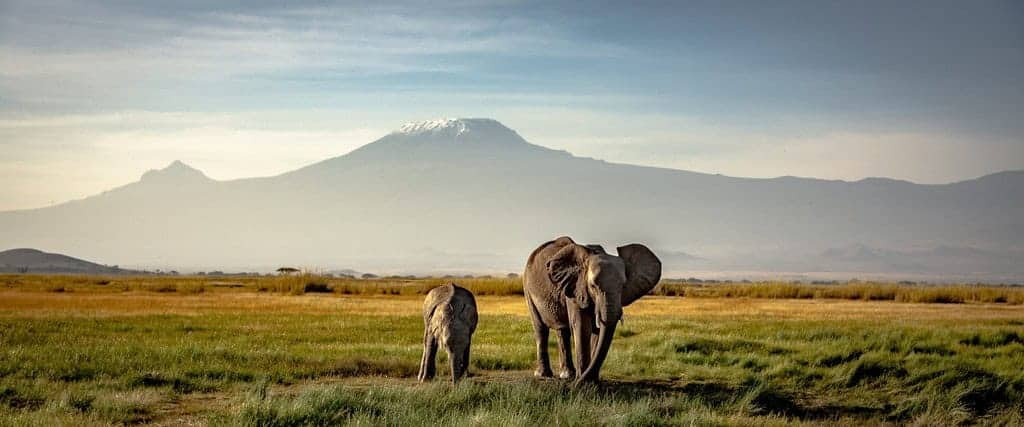
Kilimanjaro’s gods and spirits are seen as active participants in daily life, ensuring the well-being of the people who live on its slopes. Offerings and rituals are still made to these deities during times of hardship, reinforcing the belief that the mountain’s gods hold sway over the fortunes of those who depend on its resources.
The Wakonyingo

The Wakonyingo, according to Chagga legend, are mysterious dwarfs believed to live in caves beneath the slopes of Mount Kilimanjaro. They are guardians of the mountain’s spiritual purity, feared by locals because they prey on those who bring negative spirits or intentions. Some stories even describe them as tricksters who deceive or punish those who disturb the natural balance of the mountain.
This myth might have some roots in reality. There is evidence suggesting that pygmy groups once lived in the region around Kilimanjaro, which could explain the origin of the Wakonyingo stories.
Climbing Kilimanjaro
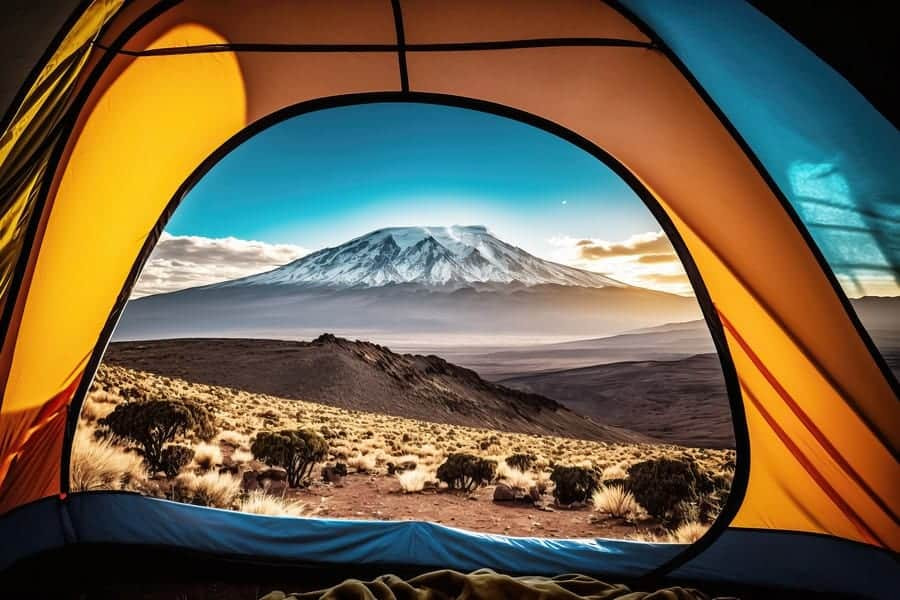
Historically, the mountain’s summit was seen as a domain only for the strong and pure. Its slopes symbolized the boundary between the earthly world and the spiritual realm. Tales of people vanishing while attempting to ascend fed into this belief. They reinforced local perceptions of the mountain’s spiritual control.
While Kilimanjaro is surrounded by myths and legends, the overall message from the local communities is one of reverence and respect. The mountain’s entities are not inherently evil, but protectors of the mountain’s natural and spiritual order. By showing proper respect to the mountain and its spirits, climbers are granted safe passage. Those who approach with humility and honor for Kilimanjaro’s spiritual significance are said to be blessed with favorable conditions.
This theme of respecting sacred mountains and their associated spiritual beliefs is indeed common across various cultures that live near or interact with high mountains. In the case of Mount Everest, the Sherpa people view it as a sacred place, inhabited by gods. They hold rituals and ceremonies to honor these deities before expeditions. They are cautious about how the mountain is approached, believing that disrespecting Everest can bring bad luck or even fatal consequences to climbers.




















































